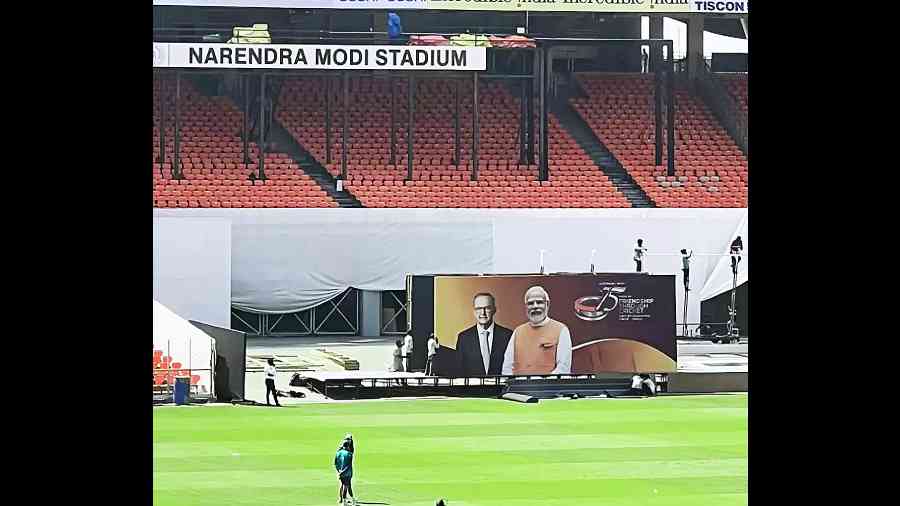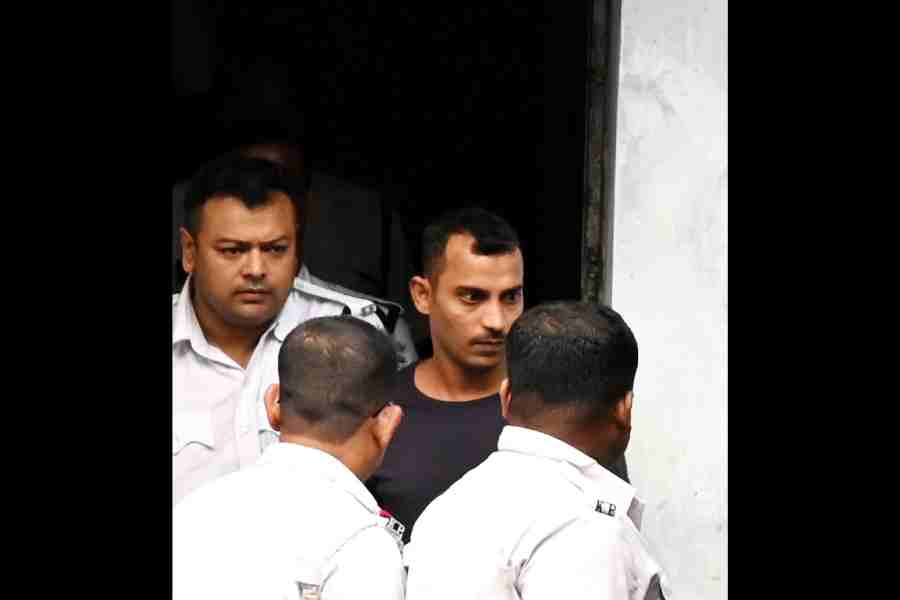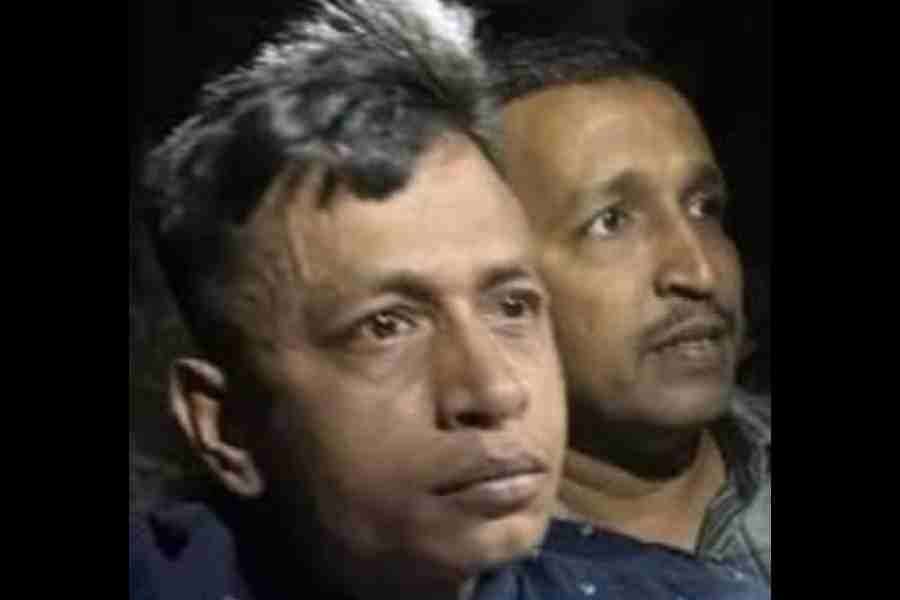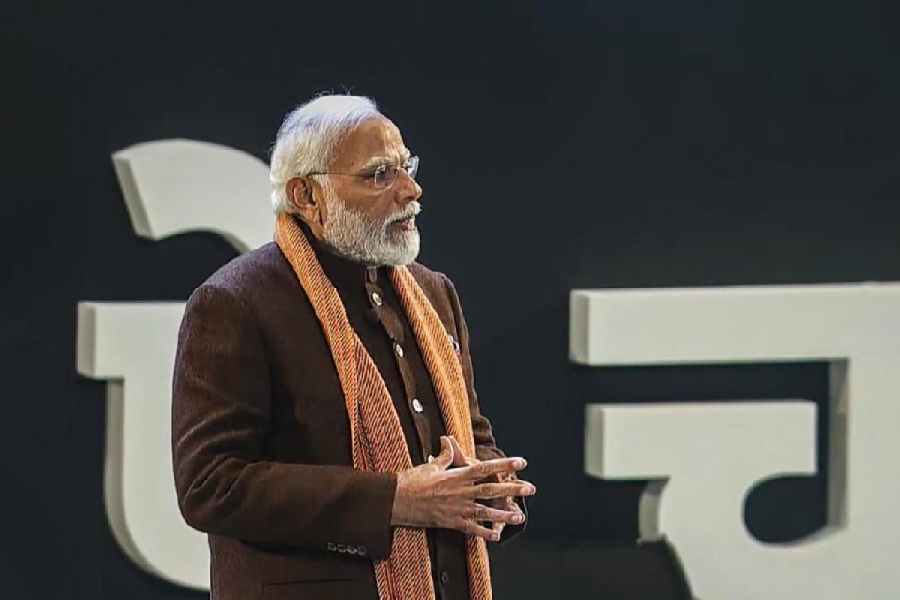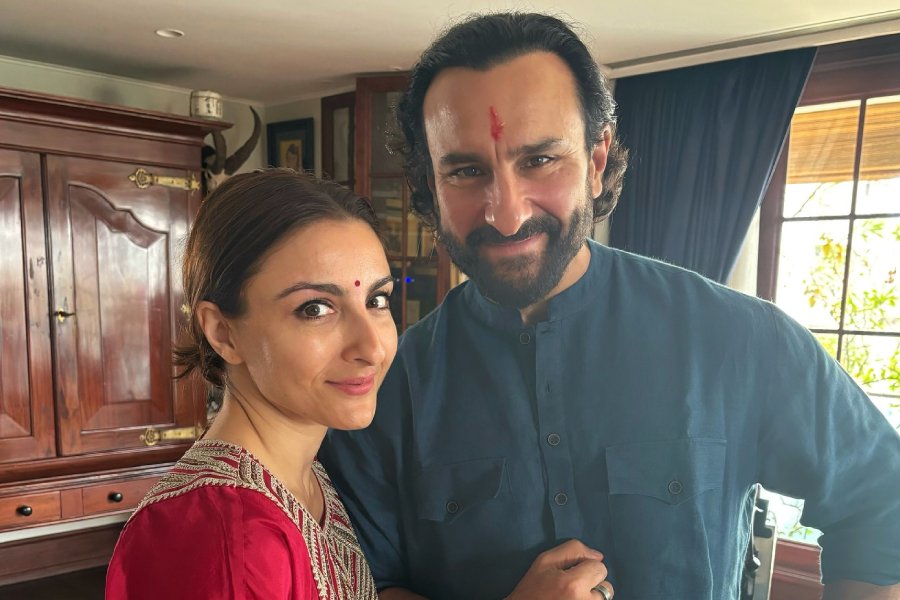In November 2009, the Sardar Vallabhbhai Patel Stadium in Ahmedabad hosted a Test match between India and Sri Lanka. Sachin Tendulkar had just completed twenty years in international cricket. Two months prior to this match, the then chief minister of Gujarat, Narendra Modi, was elected president of the Gujarat Cricket Association. Thus, when a decision was made to honour Tendulkar, Modi did the honours. I remember watching the proceedings on television; before the Test began, the chief minister handed over a memento to the cricketer, and posed for a photograph with him.
Back in 2009, Sachin Tendulkar was far more famous than Narendra Modi, far more of a brand name and a household name. Associating with Sachin made for good publicity. Now fast forward four years, to October 2013. Modi has just launched his campaign to become prime minister, and in this endeavour, it is not a great living cricketer but a great deceased statesman he wishes to attach himself to. Hence the plan to construct a giant statue of Sardar Vallabhbhai Patel. In speeches on the campaign trail, Modi claimed that Patel would have made a better prime minister than Jawaharlal Nehru and that had he been in the job, India would have been from the beginning a safer, stronger, more self-reliant nation.
In 2009, Narendra Modi briefly needed an identification with Sachin Tendulkar. In 2013-14, Modi less briefly needed an identification with Sardar Patel. Fast forward another seven years, to February 2021. In the interim, Narendra Modi has led the Bharatiya Janata Party to victories in successive general elections. He is now entirely his own man, in aid of no other Indian — not his former mentor, L.K. Advani, not his former prime minister, A.B. Vajpayee, not even his former hero, Sardar Patel — to bolster his image.
Eleven and a half years after watching Narendra Modi present a memento to Sachin Tendulkar, I — along with millions of other Indians — was again in front of my television screen to watch the commencement of another Test match played at the Sardar Patel Stadium. Except, as we soon learnt, this was no longer the Sardar Patel Stadium. Just before the Test (played against England) began, the then president of the Indian Republic, no less, with the home minister of India at his side, unveiled a plaque which informed us that what was once a stadium named after an Indian whom Narendra Modi professed to admire, even venerate, had now been named for Modi himself.
In having a sports stadium named after himself while in power, Modi joined the ranks of (among others) Stalin, Hitler, Mussolini, Saddam Hussein, and Gaddafi. It did not seem the sort of company the prime minister of ‘the world’s largest democracy’ would like to keep. Nonetheless, Modi was clearly not at all discomfited by the honour — if one can call it that. For this past Thursday, he made history afresh by actually watching a match in the stadium named after himself in the company of the visiting Australian prime minister, Anthony Albanese.
I do not know whether Mussolini ever watched a football match at the stadium in Turin once named for him, or whether Stalin ever watched athletes compete in the stadium that carried his name in Moscow. It may be that when Narendra Modi arrived in style at the Narendra Modi Stadium in Ahmedabad, he was making history not just for himself but for India and the world.
As an Indian democrat, I have watched the growth of the Modi personality with dismay. This last example of its expansion also offends my sensibilities as a cricket fan. To enable the prime minister to be welcomed at the Narendra Modi Stadium by his most devoted followers, the GCA seems to have withheld, from the open market, a large number of tickets for the first day’s play, with a view to distributing these through political channels instead.
I was first alerted to this mischief by a friend, who, hoping to travel to Ahmedabad for the Test, found that tickets were on sale to the general public only from the second day. Ticket websites said there were no tickets available for the first day. My friend however found that an acquaintance had acquired a ticket through what one might call the ‘bhakt quota’. As it happens, Australian fans had also not been able to get tickets for the first day. Learning of this, Peter Lalor wrote a report in The Australian where he remarked, with regard to the non-availability of tickets, that “with neither of the first two Tests lasting three full days it is an enormous frustration to the hundreds of Australians who have travelled to India for the Border Gavaskar Trophy. Not to mention tens of thousands of local cricket fans.” Lalor also observed that “the Indian PM is notorious for stage managing events,” adding that “it is expected that hordes of his handpicked fans will fill the stadium for his appearance at the national anthem with the Australian PM.”
Following Lalor’s report, Australian diplomats lobbied with the Board of Control for Cricket in India. A special booth was opened to sell tickets to the several hundred cricket fans who had travelled to India from Down Under. This still left, as it took an Australian writer to point out, tens of thousands of home fans in the lurch. They had no one to lobby on their behalf. The cricket media in India is, by large, as ‘godi’ as the rest of the media, loath to offend the BCCI, which, under its current management, acts as an arm of the ruling party.
The godi cricket media stayed silent; however, protests by Indian fans emerged on Twitter. Now some other tickets were hastily put on sale. But a large number of tickets were still kept in ‘reserve’ for unspecified guests. (I know of several residents of Ahmedabad who could not get tickets — the explanation they were offered was ‘Modiji aa rahe hain.’) The ways of the GCA and the BCCI are as shrouded in secrecy as that of PM-CARES, so the facts of the matter — who first conceived of facilitating this captive audience and how many tickets were eventually kept for private distribution — will never be made public.
The stadium in Ahmedabad seats as many as 130,000 people. Test matches in India rarely attract a crowd of more than thirty or forty thousand. Reports suggest that, apart from wanting a Modi-worshipping crowd, the organisers also wanted to set a ‘world record’ for the largest gathering at a Test match, currently held by the Melbourne Cricket Ground. This, like some other ‘world records’ claimed by the present government, was to be achieved through specious means. For unlike the BCCI, CricketAustralia is not the handmaiden of ruling party politicians. Every person who has ever been at a Test match at the MCG is a bona fide cricket fan; not one has come there to attend a political rally. (In the event, the ‘world record’ did not materialise. It was still striking to see, how, within an hour of Modi leaving the ground in Ahmedabad, the crowd rapidly thinned out.)
At the stadium, large posters of the Indian prime minister were put up several days in advance; the players made to practice under his Big Brotherly eyes. Shortly before the match, Modi and his Australian counterpart paraded themselves across the ground in a gold-plated buggy, waving to the crowd. The prime minister was offered a gift by the son of his closest political associate; as the cameras zoomed in, it showed Narendra Modi being presented with a portrait of Narendra Modi — at the Narendra Modi Stadium.
During the match itself, one board on display had the prime ministers together, Modi in the foreground, made to look bigger, though he is in fact three inches shorter. I wonder what Anthony Albanese’s private feelings were; was he happy enough to be an extra in this spectacular display of narcissism?
In truth, there was no reason for Ahmedabad to be hosting this Test in the first place. The city is a cricketing backwater compared to Calcutta, which hasn’t got a Test match in the past three years. For a showpiece series like India versus Australia, Chennai, Bengaluru and Mumbai surely also have far stronger claims than Ahmedabad. However, had the final Test of this series been played in TMC-ruled Calcutta or DMK-ruled Chennai, the Bharatiya Janata Party could not have manufactured the sort of welcome Modi got in Ahmedabad. Even in Bengaluru or Mumbai, currently ruled by the BJP, turfing out genuine cricket fans in favour of Modi bhakts would have been impossible to achieve. It was only in Gujarat that the demands of the personality cult could have been adequately satisfied. With, this time, the once great, now greatly corrupted, game of cricket as its vehicle.
ramachandraguha@yahoo.in

